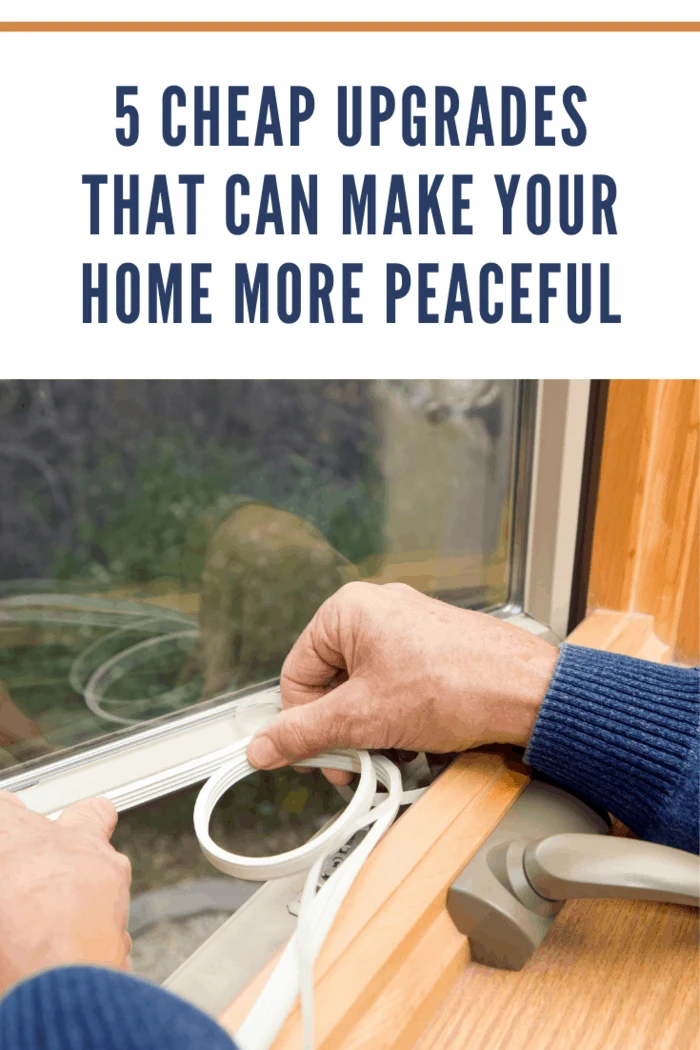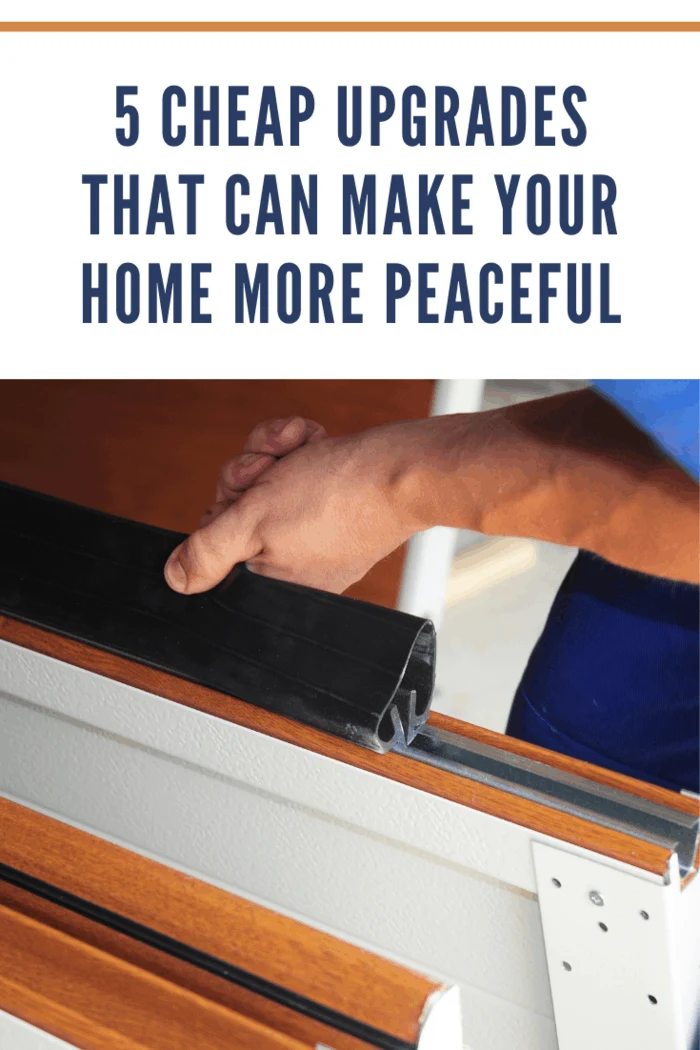Transform your home into a peaceful haven with affordable upgrades. Say goodbye to noise, and hello to tranquility! #HomeImprovement
Creating a Serene Sanctuary: Affordable Home Upgrades for Peace
Your home should be a sanctuary, a place where you can escape the chaos of the outside world. The daily stressors of life, whether it’s your career, relationships, finances, or other factors, can take a toll on your well-being. The last thing you need is a noisy and restless home. Fortunately, there are cost-effective ways to transform your space into a peaceful haven.
Introduction: Finding Peace at Home
Living in a bustling urban area can be challenging when it comes to achieving serenity. Noise from the outside world can seep into your home, disrupting your peace. However, with a few budget-friendly upgrades, you can turn your home into a tranquil oasis.
Solid Doors: Blocking Out Disturbances
Cost: $100-200 per door
Solid doors are the unsung heroes of peace and quiet. They have the power to absorb sound, providing a barrier between you and the outside world. You can replace old doors or install solid-core doors in key areas to block noise effectively. If you’re looking for budget options, composite-core and particleboard-core doors are worth considering. The best part is, you can DIY this project, making your home more resistant to wear and tear.
Soundproofing Your Windows: Keep Noise at Bay
Cost: Varies (from affordable to around $1000)
Windows are often the weak point in noise insulation, allowing unwanted sounds to enter your home. But you don’t have to break the bank to fix this issue. Here are some cost-effective methods:
- Switching Your Curtains: Noise-reduction curtains not only minimize outside noise but also insulate your home, saving on energy bills.
- Sealing Air Gaps: Use noise-proofing sealant, acoustic putty, or high-density foam tape to seal any gaps.
- Create a Window Plug: Craft a soundproof mat and fiberboard plug that you can easily put in place and remove as needed. Just be sure to get the measurements right.

Sealing Your Doors: A Gateway to Better Sleep
Gaps below your doors are sneaky avenues for noise to infiltrate your home, disrupting your peace and sleep.
Here’s how to seal them:
- Draft Stoppers: These come in various designs and colors, adding a touch of creativity while keeping noise at bay.
- Weatherstripping and Adhesive Tape: Install weatherstripping and use soundproofing adhesive tape for an effective seal.
- Silence the Squeaks: If your door hinges are squeaking, a little oil like WD-40 can work wonders.
Ceiling Baffles and Rugs: Silencing Sound
Thick materials like rugs, carpets, and mass-loaded vinyl can absorb sound and prevent it from bouncing around. They not only reduce noise but also serve as interior design pieces. If you’re not a fan of rugs, you can opt for ceiling baffles to add a creative touch to your space.
Soundproofing Your Garage: From Band Practice to Tranquility
Have you ever wondered how bands practice in garages without disturbing the neighbors? Garage doors, often made of steel, vinyl, or aluminum, are notorious for lacking sound insulation.
Here’s how to fix that:
- Mass-Loaded Vinyl or Fiberglass Panels: Cut them to the door’s size and install them with adhesives or screws for noise reduction.
- Soundproofing Foam Panels: These can be installed directly on the door and are effective at improving acoustics.
- Soundproofing the Garage Walls: Add mass, like additional drywall, mass-loaded vinyl, or mineral wool batts.
- Roll-Up Garage Doors: Use fiberglass or moving blankets and noise-reduction curtains when you can’t install material directly on the door.
- Air Vent Solutions: Cover air vents to maintain a comfortable temperature or create a sound maze inside them.

Final thoughts
Final Thoughts: Embrace Tranquility
Forbes emphasizes the importance of cutting noise pollution at home. A noisy home only adds to your stress. The good news is that you don’t have to break the bank to create a peaceful environment. We’ve provided you with affordable tips to make your home a tranquil sanctuary. Enjoy the serenity!
